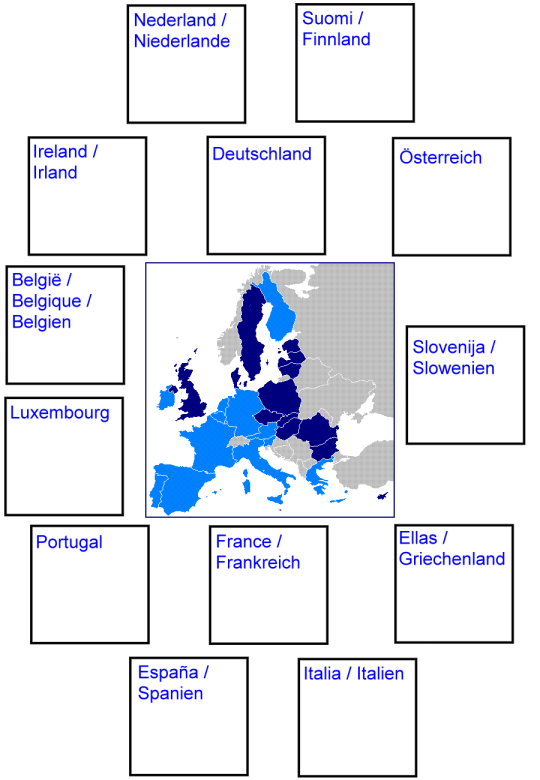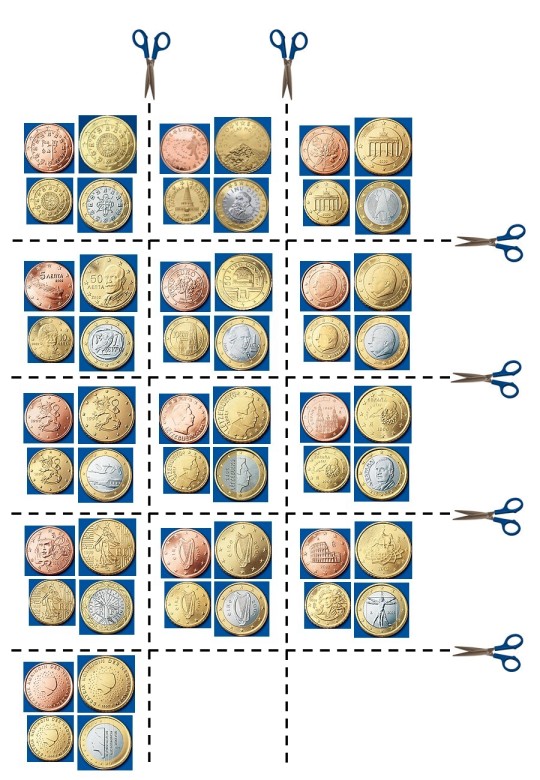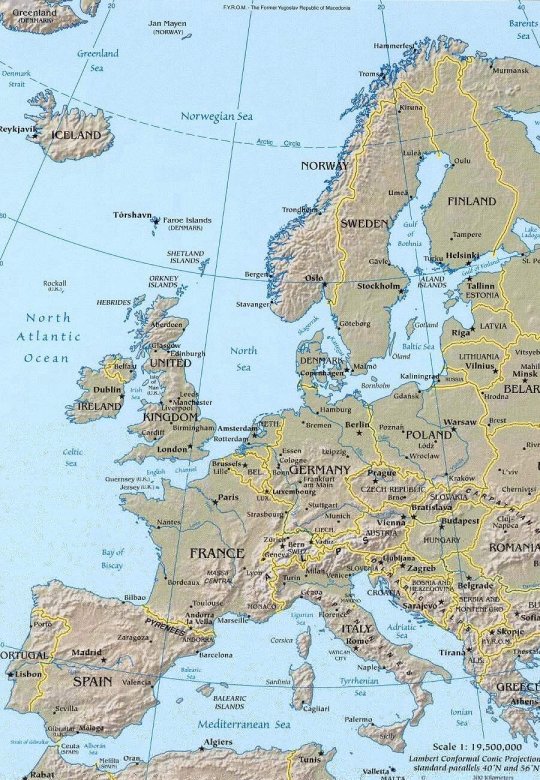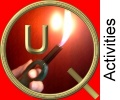 > ACCENT en > UQ 2 Mar 07 Urban air > F: Sources and sinks > A: Money tracks
> ACCENT en > UQ 2 Mar 07 Urban air > F: Sources and sinks > A: Money tracks
|
Pathways of dissemination and circulation - the example moneyHow does the money circulate? Make a trial how things spread - with the coins of the money we use every day. Gather for a couple of days all coins you or your parents get back when you go shopping (at least 50, better 100 coins). On the reverse side you can see from which country the coin originally came. You are not absolutely sure? |
|
Task 1: On the following worksheets you find the coins of the Euro-zone. Four coins are shown for each country. Cut the blocks of four coins out. Connect on the map with the boxes each country box with the respective country on the map. Put the respective coin block in the country box. Does it fit? Task 2: In many countries the coins have different reverse sides. But maybe you can sort the coins you gathered with the help of the samples shown. Put them in little piles on the respective country box. Which countries are standing out? for Download: Sheet with maps and coins (PDF)
|
 |
|
|
 |
|
|
|
Task 3: The money must have come by certain ways into our purse. Think about which steps might have been on this way. Money is not propagating through the air, it's given from one hand to the other. Some ways are more likely than others. Who could have brought the money to your city? |
 |
|
|
